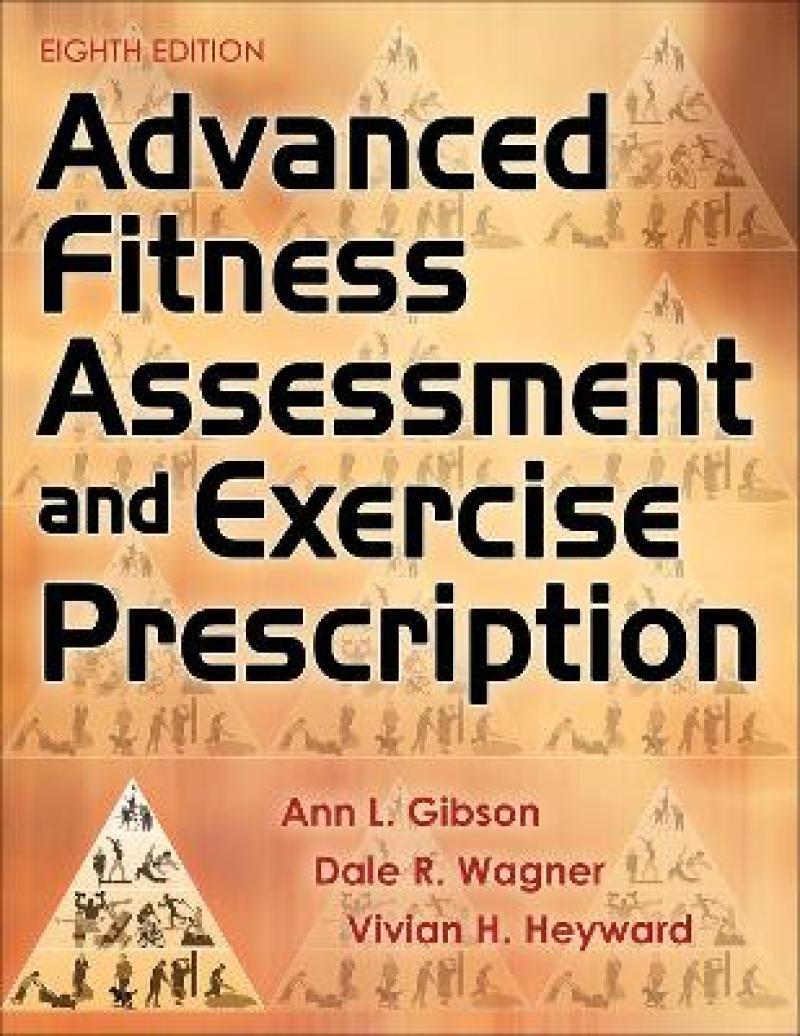Produktdetaljer
Biographical note
Ann L. Gibson, PhD, FACSM, is an associate professor and researcher in exercise science at the University of New Mexico, with research interests in body composition and physiological responses to exercise. She developed the ancillary materials for the sixth edition of Advanced Fitness Assessment and Exercise Prescription in addition to coauthoring the seventh edition.
Gibson has presented internationally in the area of obesity research and has published original research in journals such as Medicine & Science in Sports & Exercise, American Journal of Clinical Nutrition, International Journal of Sport Nutrition & Exercise Metabolism, Research Quarterly for Exercise and Sport, and Journal of Bone and Joint Surgery. She is a member of the American College of Sports Medicine, National Strength and Conditioning Association, and the Clinical Exercise Physiology Association.
Gibson resides in New Mexico, where she enjoys spending time outdoors hiking, biking, snowshoeing, cross-country skiing, and gardening.
Dale R. Wagner, PhD, EPC, ACSM-CEP, CSCS, is a professor of exercise physiology at Utah State University (USU). His research interests include body composition assessment and exercise physiology at high altitude. He has been an active researcher for 20 years and has authored over 60 peer-reviewed research publications. He is a coauthor of Applied Body Composition Assessment (Human Kinetics, 2004) with Vivian Heyward.
Wagner is a past president of the Southwest Chapter of the American College of Sports Medicine (SWACSM) and of the American Society of Exercise Physiologists. He is a research council member of the Wilderness Medical Society and a member of the National Strength and Conditioning Association, the International Society for Mountain Medicine, and the International Society for Body Composition Research.
In his spare time, Wagner enjoys mountaineering, cycling (both road and mountain), and international travel.
Vivian H. Heyward, PhD, is a regents’ professor emerita at the University of New Mexico, where she taught physical fitness assessment and exercise prescription courses for 26 years. In addition to the previous editions of this book, she has authored two editions of Applied Body Composition Assessment (Human Kinetics, 1996, 2004) as well as numerous articles in research and professional journals dealing with various aspects of physical fitness assessment and exercise prescription. Heyward has received many professional awards, including the SWACSM Recognition Award for distinguished professional achievement and the Distinguished Alumni Award from the University of Illinois and the State University of New York at Cortland.
In her free time, she enjoys hiking, nature photography, golfing, and snowshoeing. Heyward resides in Albuquerque, New Mexico.
